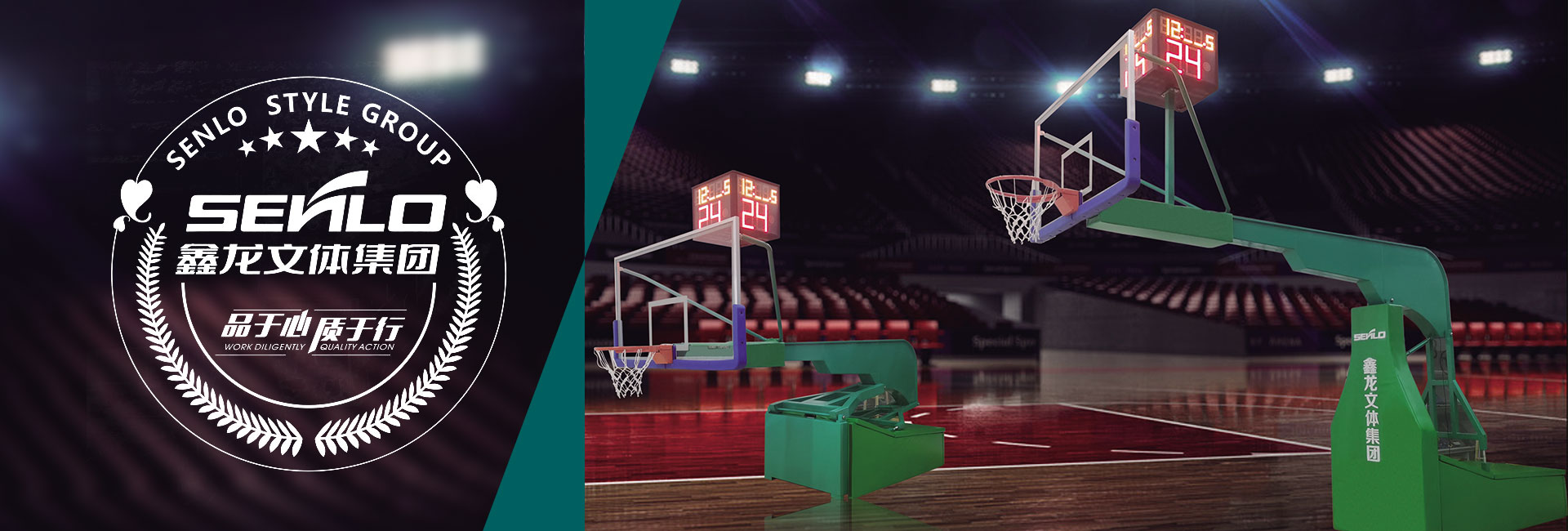
Source: China Sports Goods Industry Federation
The newly released "White Paper on the Development Trends of China's Sports and Fitness Industry in 2019" (referred to as the "White Paper") by iResearch outlines the profile of the main fitness population and prompts fitness companies to segment user needs, create intelligent fitness solutions, and integrate more technological elements into exercise.
Characteristics of fitness enthusiasts
According to the 2018 Chinese fitness population survey data released by iResearch Consulting, the main fitness population presents the characteristics of high education, personal monthly income exceeding 5000 yuan, white-collar workers, and a love for socializing and sports.
Gender characteristics: 49.7% male and 50.3% female;
Age characteristics: The main population is under 40 years old, accounting for 78.8%, with 41.7% being between 31-40 years old and 37.2% being under 30 years old;
Educational characteristics: 77.6% have a bachelor's degree or above;
Regional characteristics: Users in first tier cities account for 19.2%, users in second tier cities account for 40.2%, and users in third -, fourth tier, and below cities account for 40.6%;
Occupational characteristics: The majority are white-collar workers, with 56.1% being ordinary employees, general managers, and middle-level leaders in enterprises;
Income characteristics: 78.9% of individuals have a monthly income of over 5000 yuan, while 86.7% of households have a monthly income of over 10000 yuan;
Characteristics of values: independent personality, habit of making decisions on one's own, enjoy socializing, enjoy sharing, pay attention to health, and love sports.
User needs need to be segmented
The Chinese fitness market still faces pain points such as structural imbalance, single business model, and relative lack of user services. The survey shows that users' growth, learning environment, work environment, and family environment change over time in different age groups, and their demand for sports and fitness also changes. It reminds sports and fitness companies to make corresponding service adjustments based on the characteristics of different age groups:
——Teenagers and young adults have good physical condition and prefer high-intensity sports;
——Middle aged users have an increased need to cope with work and family pressure, relieve stress, and lose weight;
——Middle aged and elderly users have a declining physical condition and a greater demand for low-intensity activities with strong health and social attributes.
Smart fitness is the tren





